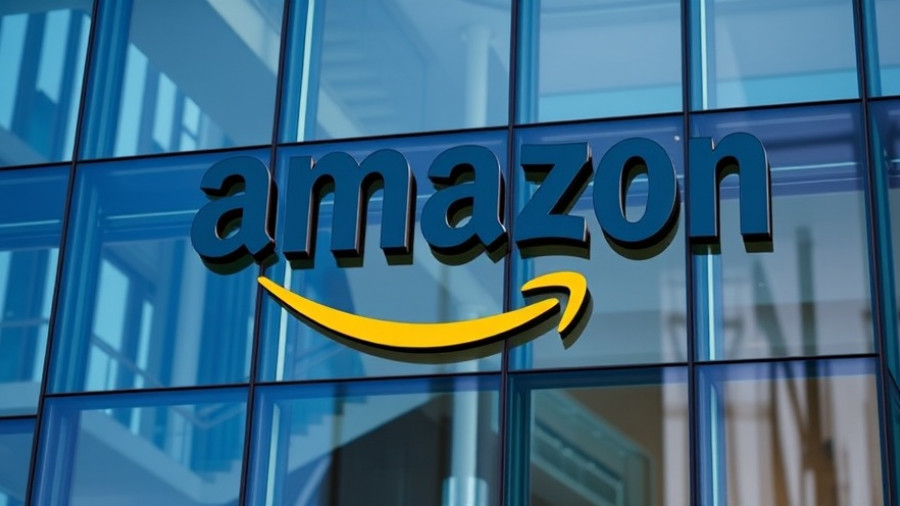
The Alliances Reshaping Silicon Valley: First Impressions
As we stand on the precipice of AI's golden age, key figures like Jensen Huang of NVIDIA and Sam Altman of OpenAI are not just observers; they're active architects of the future. Their recent collaborations with major players like AMD represent a strategic shift from mere competition to a nuanced partnership model. This alliance, termed 'equity for orders,' connects these tech titans in a web of mutual dependency and investment, a move that raises eyebrows across the tech landscape. While some laud the cooperation as revolutionary, others warn that it may herald a new era of monopolistic practices.
Monopoly Risks and Economic Bubbles: A Historical Perspective
The concern about monopolies isn't new. History has shown us that concentration of power, particularly in tech sectors, can lead to unfair market practices and, ultimately, economic collapse. The dot-com bubble of the late '90s and the financial crisis of 2008 serve as stark lessons on the fragility of over-invested markets. Will the AI sector face a similar fate as billions flow toward a few select companies?
Google engineer speculations reflect a chilling prediction: "The burst of the AI bubble is not far off." Given that AI startups receive substantial investment, driven by the fear of falling behind, the looming question becomes whether the industry can sustain its current growth trajectory permanently.
AMD and OpenAI: A Game-Changer for AI Infrastructure?
Samsung and Microsoft have both previously tried to secure their positions in this burgeoning market with mixed results. OpenAI's recent partnership with AMD to provide up to 6 gigawatts of GPU capacity marks a significant pivot. This deal provides OpenAI with the necessary infrastructure to fuel its ambitious projects and positions AMD as a serious contender against NVIDIA, which has dominated AI hardware thus far.
The financial arrangement involves AMD granting OpenAI an option to purchase a commanding 10% stake in the semiconductor company for a mere $0.01 per share, if certain milestones are met. Analysts have noted that the potential payoff for OpenAI is massive. However, both companies now depend heavily on each other's performance, intertwining their fates in ways that could lead to significant repercussions across the industry.
Possibilities and Challenges Ahead: What Lies Beneath?
With both excitement and skepticism surrounding these developments, AI enthusiasts and industry watchers alike are left pondering the ramifications. What happens if AMD’s chips underperform? Or if OpenAI’s growth falters? As Jensen Huang aptly noted, these partnerships can pivot from beneficial to detrimental very quickly. With high potential upside comes equally high risk.
The dire need for compute in AI models strains traditional supply chains. OpenAI's move to diversify suppliers indicates an acute awareness of this issue. As they grow increasingly reliant on AMD and NVIDIA, they might face significant hurdles if any of these partnerships fail to deliver consistently.
The Future of AI: Will Innovation Persist or Will the Bubble Burst?
Ultimately, the success of OpenAI's and AMD’s partnership may be the litmus test for the entire AI landscape. If they can leverage their combined strengths without succumbing to the pitfalls of monopolistic behavior, this collaboration could set a precedent for future partnerships in technology.
Moreover, as competition intensifies, will we see a lowering of prices and an uptick in innovation? Or will the focus on exclusive partnerships stifle diverse advancements? The answers to these questions will define the future landscape of AI.
Actionable Insights: Engaging with AI Developments
For AI enthusiasts and investors, staying informed and critical is more crucial than ever. Engaging with these developments and understanding their implications can serve not only as protection from potential risks but also as a guide for future investments and innovations.
So, as we witness the unfolding of this tech saga, ensure your voice is heard in discussing and debating its potential outcomes. Follow the latest news and join online conversations about the implications of these new alliances for the AI landscape.
 Add Row
Add Row  Add
Add 




Write A Comment